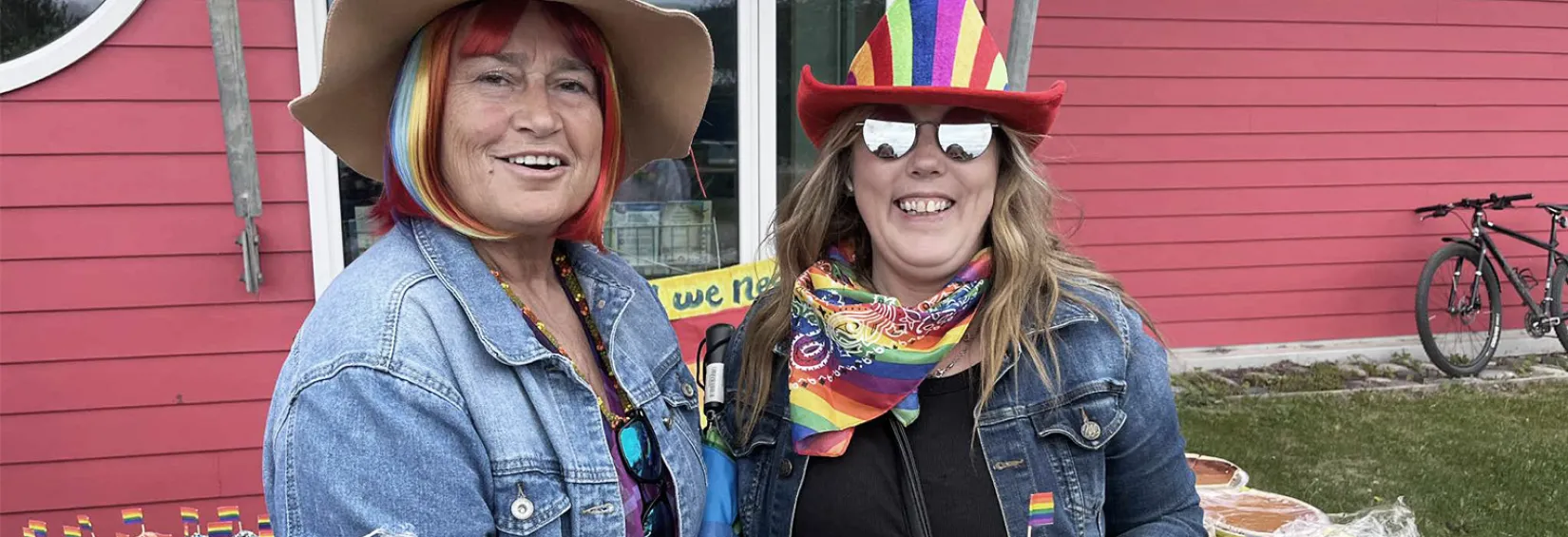
Rooted in community, rising in Pride: A story from Mayo
On Saturday, June 7, the town of Mayo gathered for its second-ever Pride parade, an event rooted in memory and embraced by the community. For the second year in a row, Northwestel is proud to have supported this day through our community partnership program and to stand alongside those helping make Pride happen across the North. We were honoured to walk with the community in 2024 and proud to continue our support in 2025. We hope to be back on the ground again in 2026.
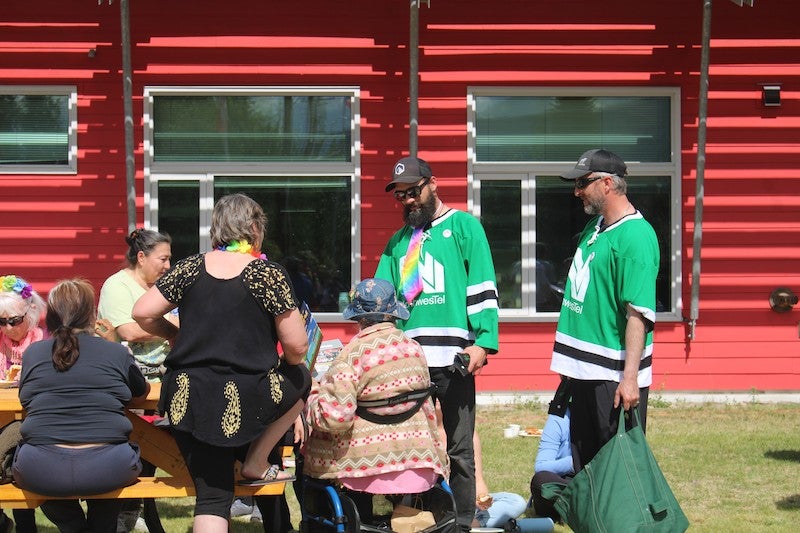
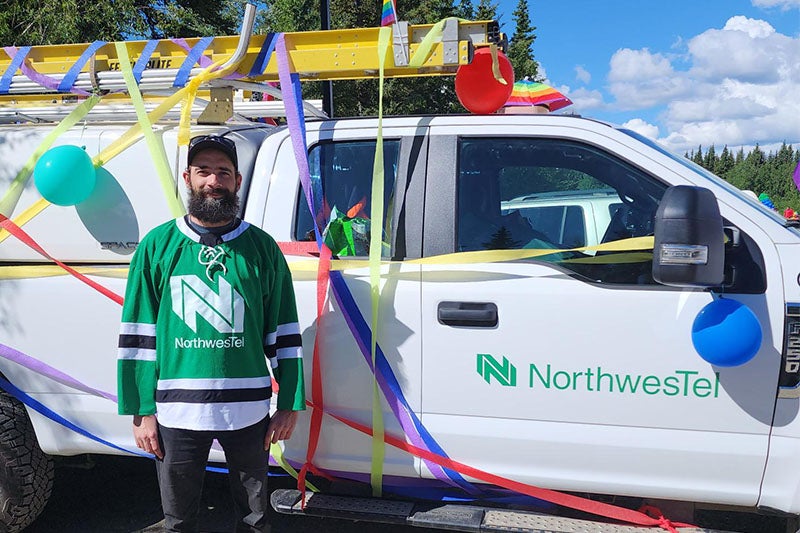
Pride in Mayo is quieter, but no less profound. It is about love, healing, and legacy. It is about showing up for one another in one of Yukon’s most remote communities.
At the heart of this story is Tara McCauley, a teacher, counsellor, and vice principal at J. V. Clark School, where the Pride parade is held. Tara has spent most of her life in rural Yukon, including Carmacks, Dawson City, and now Mayo.
“I grew up in an amazingly beautiful place,” she says. “But I also grew up seeing a lot of disparity between rural Yukon and Whitehorse, between First Nation and non–First Nation people.”
As the daughter of two teachers, Tara was raised with a strong sense of justice. “We were taught to lift people up. To always root for the underdog. I grew up with the idea that it’s ‘we,’ not ‘me.’”
That spirit carried into her work and into Pride.
A parade born of legacy and love
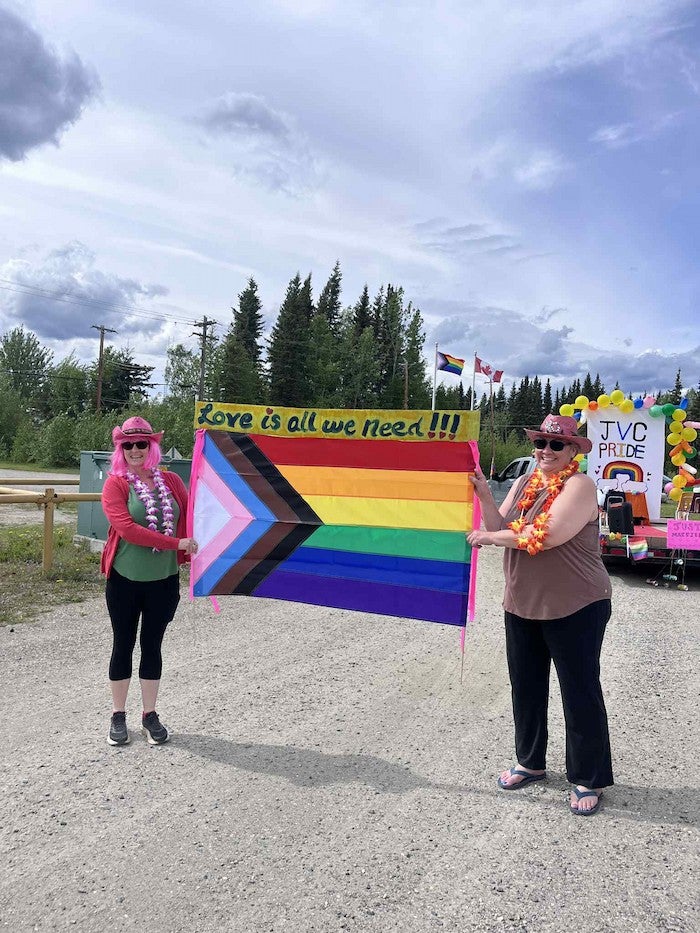
The idea to host a Pride parade in Mayo did not begin with Tara. It started with one of her students, Ava Young, who wanted to honour her late aunt Natasha, one of the first openly out people in the community.
“Natasha always wanted there to be a Pride parade in Mayo,” Tara recalls. “When Ava brought it up after her aunt’s passing, I just knew we had to make it happen. It was a way to honour Natasha’s memory, support Ava and her family’s healing, and bring the community together.”
In June 2024, the town hosted its very first Pride celebration. There were no blueprints, no formal committees, just a group of residents who knew each other’s strengths and came together organically. “It was almost magical,” Tara says. “Like it was meant to be.”
This year, Pride returned to being even stronger, with more colour, more joy, and more helping hands. “There’s just so much love at the event,” Tara says. “People volunteer. They step in. They just do what needs to be done.”
One story that stayed with Tara this year came from a visiting RCMP officer who volunteered to lead the parade. “Afterward, he told me it was his first time participating in a Pride event. He sent a photo to his daughter, who’s part of the LGBTQ+ community. It meant the world to him. That kind of ripple effect is part of what makes this all matter.”
Practicing allyship, every day
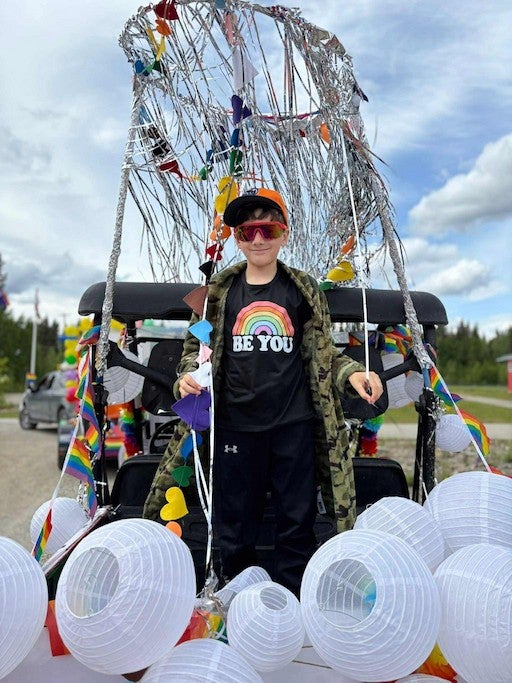
Tara is quick to acknowledge the privilege she holds. “I’m a white cis woman,” she says. “And while I care deeply, I am always mindful not to overstep. I try to stay aware of when to step back and be guided by those with lived experience.”
She also reminds us that “Allyship isn’t seasonal. It’s human rights, every day.”
Rise. Resist. Reclaim.
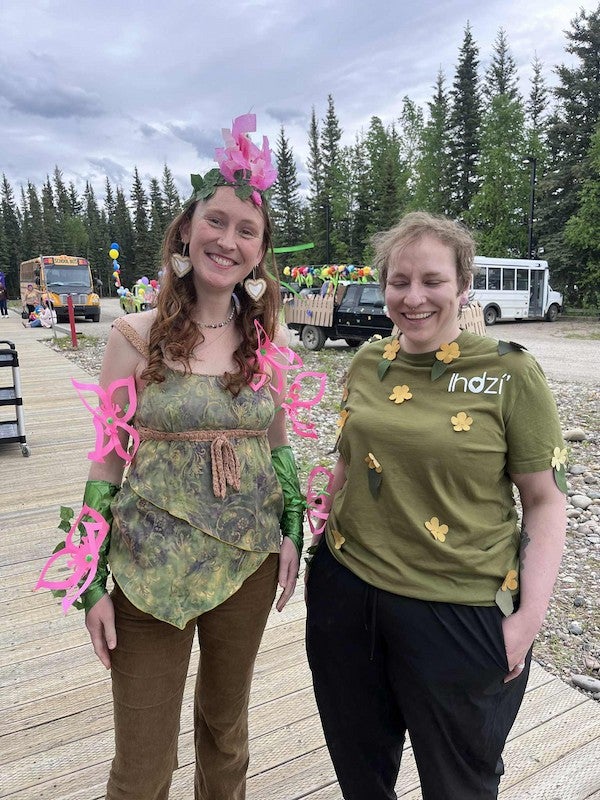
This year’s national Pride theme, Rise and Resist, hit home in Mayo.
“‘Rise’ is about the rising up of historically marginalized people,” Tara says. “It’s celebrating identity and honouring the struggles of those who came before, and those still fighting now.”
“And ‘resist’ means pushing back against hate. Against systemic oppression. Even when we say we support LGBTQ+ rights, we still live and work in systems that were not built for inclusion. The work is not done until those systems are rebuilt.”
In rural and northern communities, Tara says, resistance can look different and braver. “There is this idea that small towns are tight-knit, that everyone’s like family. But for LGBTQ+ folks, especially in isolated places, it can be incredibly lonely. You might feel like the only one.”
That is what makes the courage of people like Natasha and the young people who carry her dream forward so powerful.
The connection between pride and culture
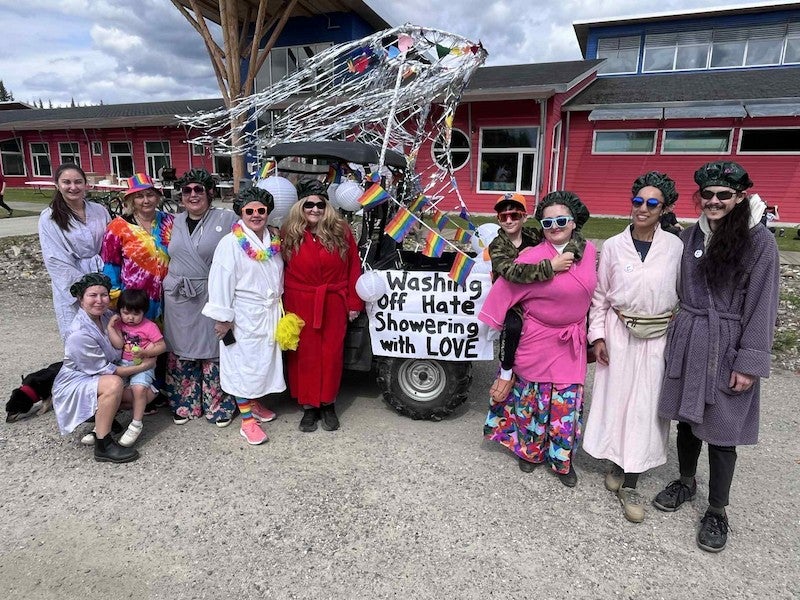
Mayo is the home of the First Nation of Na-Cho Nyäk Dun, the most northerly Northern Tutchone community. That cultural context adds a deeper dimension to Pride.
“One of the things I learned last year is that in the local First Nation language, there aren’t gendered pronouns,” Tara shares. “That really stayed with me.”
In many Indigenous cultures, gender fluidity was not taboo; it was understood. Celebrated, even. Two-spirit people often held honoured roles. Languages reflected this inclusion. Beyond the Yukon, in Cree, aayahkwew means “neither man nor woman.” In Inuktitut, sipiniq describes an infant whose sex changes at birth. In Mohawk, onón:wat translates to “I have the pattern of two spirits inside my body.”
“The idea of just two genders is a colonial construct,” Tara says. “When people reconnect with their culture, they are also reconnecting with more natural understandings of gender and identity. There is healing in that.”
A quiet kind of joy

When asked what joy looks like right now, Tara smiles. “Rest. Being in nature. Spending time with my dog and my family, especially after a busy school year.”
For Northwestel, joy looks like supporting communities like Mayo. Walking with them, listening to them, and helping amplify the voices rising and resisting together.
Because Pride in the North is shaped by community and strengthened by everyone who shows up.
